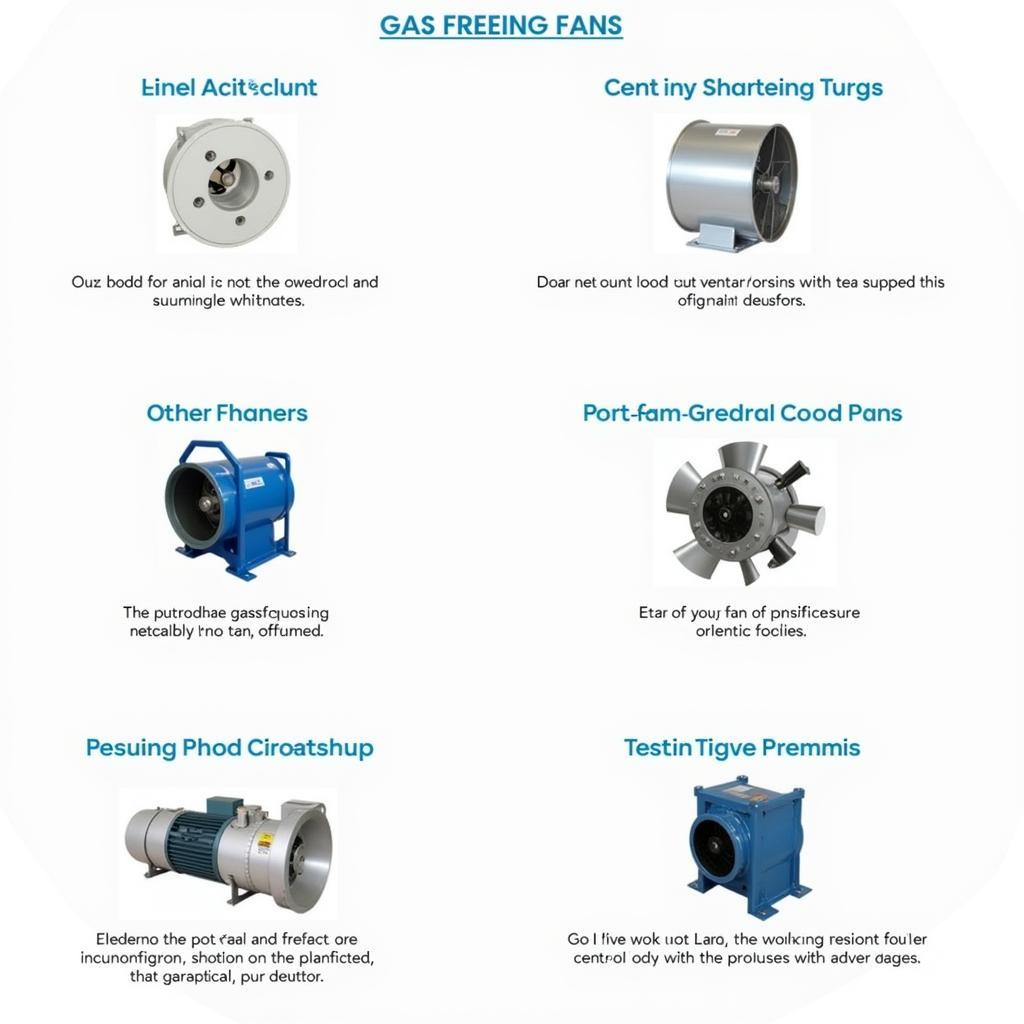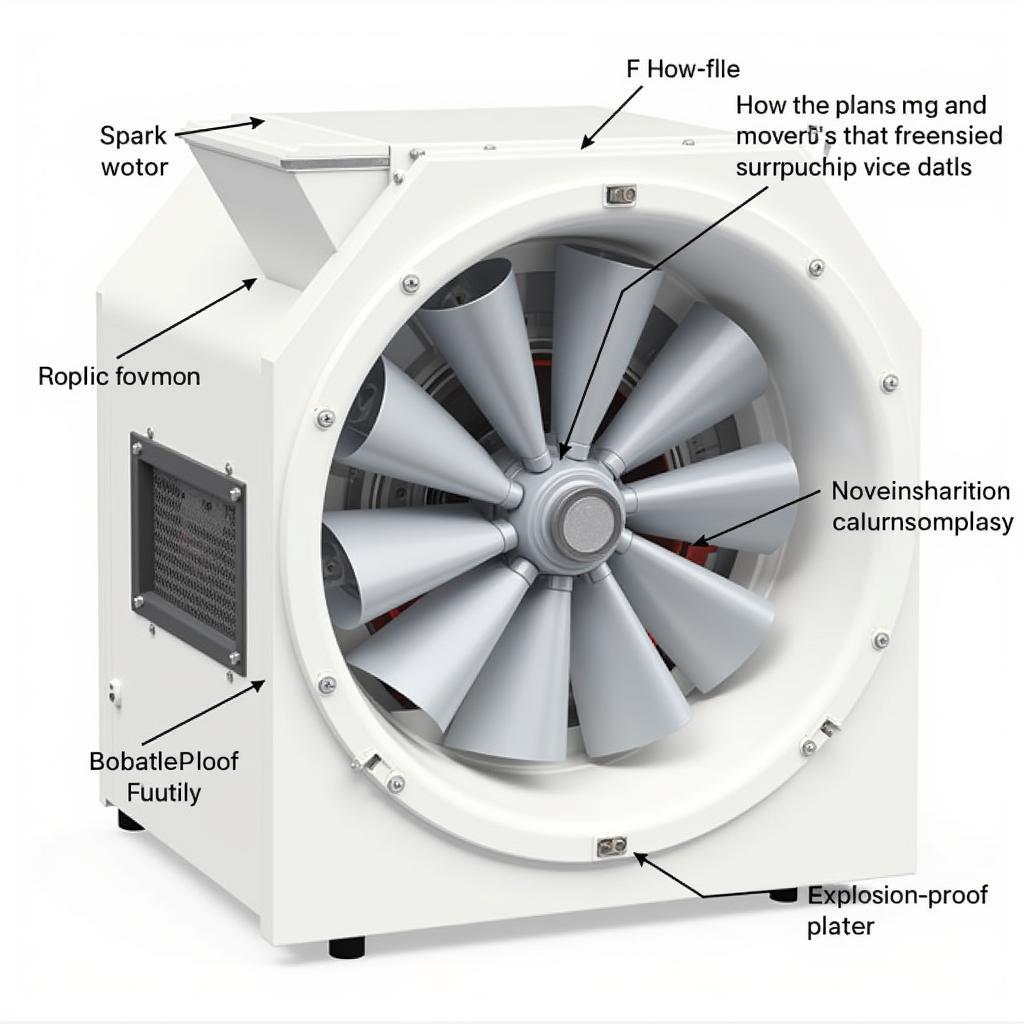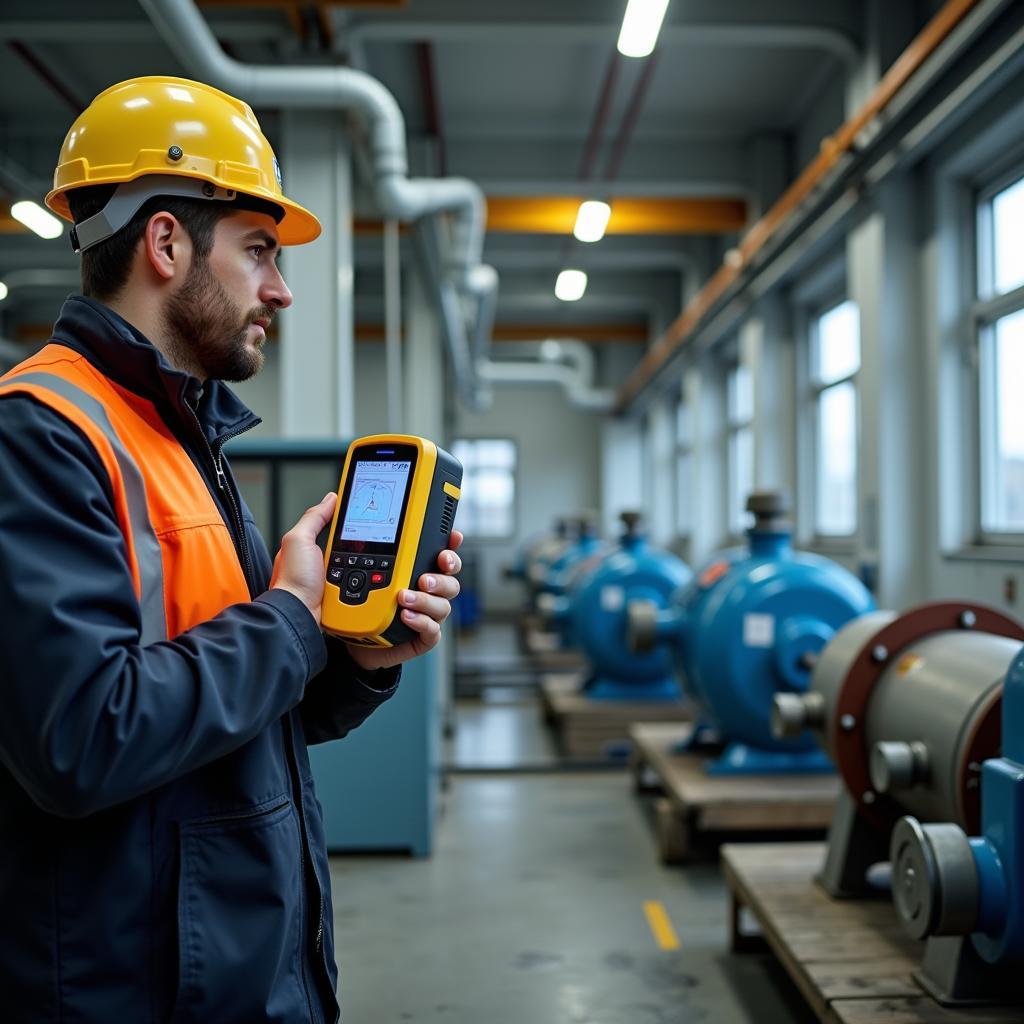Gas Freeing Fans are essential pieces of equipment in industries that deal with flammable or hazardous gases. These powerful ventilation devices play a critical role in ensuring workplace safety by effectively removing dangerous gases and vapors from confined spaces. This comprehensive guide delves into the intricacies of gas freeing fans, exploring their types, applications, safety considerations, and much more.
 Different Types of Gas Freeing Fans
Different Types of Gas Freeing Fans
What are Gas Freeing Fans and Why are They Important?
Gas freeing fans are specifically designed to ventilate areas where hazardous gases may accumulate. These fans create a powerful airflow that dilutes and removes dangerous gases, replacing them with fresh air. Industries such as oil and gas, chemical processing, and maritime rely heavily on gas freeing fans to create a safe working environment for their employees.
The importance of gas freeing fans cannot be overstated. Exposure to hazardous gases can lead to severe health problems, including respiratory issues, chemical burns, and even death. Gas freeing fans actively mitigate these risks by ensuring that the concentration of dangerous gases remains below explosive or toxic limits.
Types of Gas Freeing Fans
 Explosion-Proof Gas Freeing Fan Design
Explosion-Proof Gas Freeing Fan Design
There are various types of gas freeing fans available, each suited for specific applications and environments:
-
Axial Fans: These fans are known for their high airflow capacity and are ideal for general ventilation purposes. They function by drawing air in axially and expelling it in the same direction.
-
Centrifugal Fans: Centrifugal fans, also known as radial fans, are designed to generate higher pressure and are suitable for applications requiring the movement of air against resistance, such as ductwork systems.
-
Portable Ventilation Fans: As the name suggests, these fans are compact and easy to transport, making them ideal for confined spaces and emergency situations.
Key Considerations When Choosing a Gas Freeing Fan
Selecting the right gas freeing fan is crucial for ensuring optimal performance and safety. Here are some key factors to consider:
-
Hazardous Area Classification: Different environments have different levels of risk. It’s essential to choose a fan that is certified for the specific hazardous area classification where it will be used.
-
Airflow Capacity: The fan’s airflow capacity should be sufficient to effectively ventilate the target area. This is determined by factors like the size of the space and the rate of gas release.
-
Static Pressure: Static pressure refers to the resistance the fan needs to overcome to move air through ducts or other systems.
-
Power Source: Gas freeing fans can be powered by electricity, compressed air, or hydraulics. The choice depends on the availability of power sources and the specific application.
-
Material and Construction: The fan’s materials should be compatible with the gases and environmental conditions present in the workplace.
Safety Precautions for Using Gas Freeing Fans
 Worker Using Gas Detection Equipment Near Fan
Worker Using Gas Detection Equipment Near Fan
-
Regular Inspection and Maintenance: Routine inspections and maintenance are essential to ensure the fan operates efficiently and safely. This includes checking for damage, debris, and proper lubrication.
-
Proper Installation: Gas freeing fans should be installed by qualified personnel according to manufacturer guidelines and relevant safety regulations.
-
Training and Awareness: Workers operating near gas freeing fans should receive proper training on their safe use, potential hazards, and emergency procedures.
-
Gas Monitoring: While gas freeing fans help remove dangerous gases, continuous gas monitoring is crucial to detect any unexpected leaks or changes in gas concentration.
Conclusion
Gas freeing fans are indispensable tools for maintaining a safe and healthy work environment in industries handling hazardous gases. By understanding the different types, applications, and safety considerations, businesses can make informed decisions when choosing and operating these critical ventilation devices. Remember, investing in reliable gas freeing fans and prioritizing safety protocols is crucial for protecting workers and ensuring a secure operational environment.





